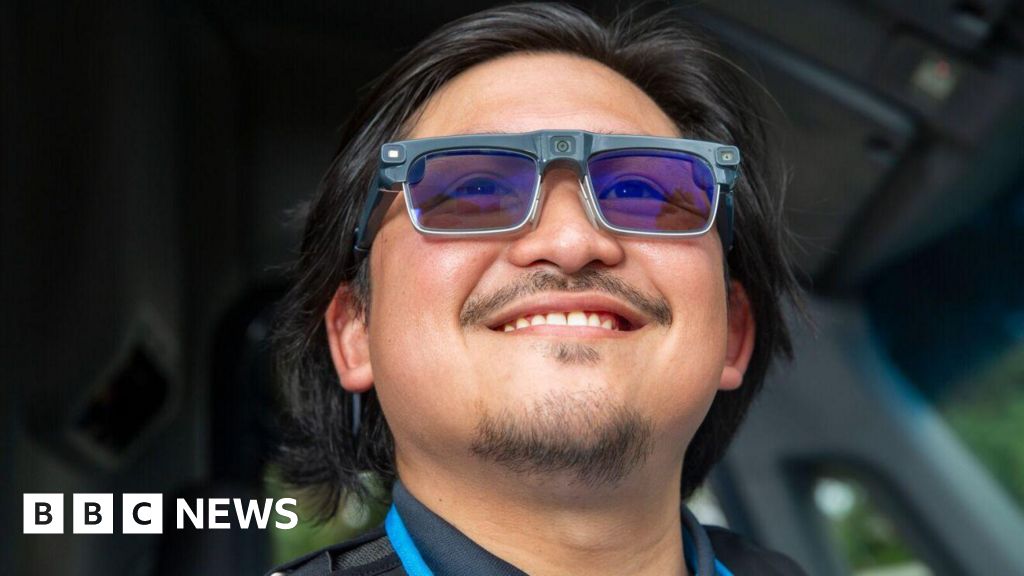Amazon has unveiled a prototype of artificial intelligence-powered smart glasses designed to be used by its delivery drivers.
The “Amelia” glasses include a camera and built-in display, and pairs with a waistcoat with a button drivers can press to take photos of deliveries.
“We’re testing it at a number of locations with over a dozen delivery service partners and hundreds of drivers across the country,” said Beryl Tomay, Amazon’s vice president of Transportation, at a launch event in Silicon Valley.
Amazon is the latest US tech giant to enter an increasingly crowded field of firms experimenting with wearables, but for now it is a product meant for drivers, not customers.
Although Amazon is still experimenting with the product, it plans to eventually make the smart glasses available to drivers first in North America, then globally.
Ms Tomay said that drivers “have been doing real deliveries with these” to customers.
“We custom designed it for that use case,” she added. “There’s a very specific application here.”
When asked by the BBC if the Amelia smart glasses might be marketed to consumers at some point in the future, Ms Tomay did not rule out the possibility.
Instagram and Facebook-owner Meta has also experimented with smart glasses in recent years.
At its Meta Connect conference last month, the company unveiled a range of smart glasses powered by its Meta AI technology, including a pair of Ray-Bans with a built-in display.
Unlike Amazon, Meta’s smart glasses target the mainstream consumer products market.
Meta presented the hardware as a technology that allows users to remain more engaged in the real world compared to smartphones.
For Amazon, the Amelia smart glasses could augment efficiency in the “last mile” of its delivery network.
Ms Tomay said the smart glasses can detect when they are in a moving vehicle, which prompts them to automatically shut off.
“From a safety perspective, we thought that was important. No distractions,” Ms Tomay told a group of reporters at an event in California.
Ms Tomay estimated that the glasses could create up to 30 minutes in efficiencies per 8- to 10-hour shift by minimising repetitive tasks and helping drivers to quickly locate packages in their vehicles.
The smart glasses also include a hardware switch on the controller that lets the driver turn off the glasses and all of its sensors, including the camera and microphone.
Drivers “can choose to keep it off,” she said.

